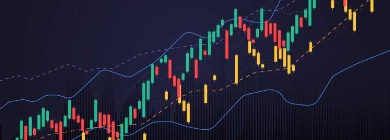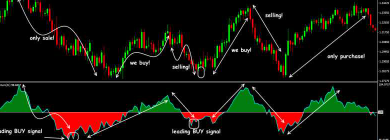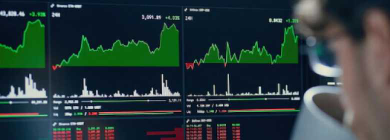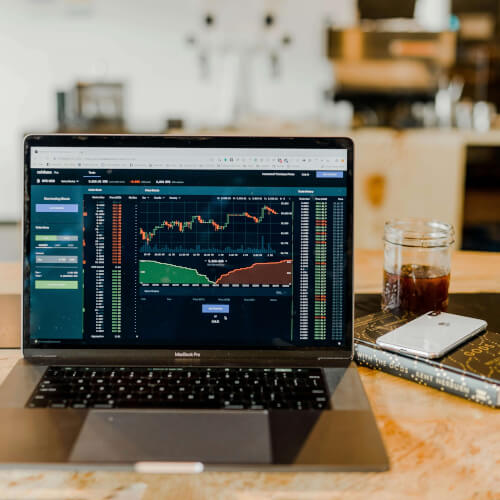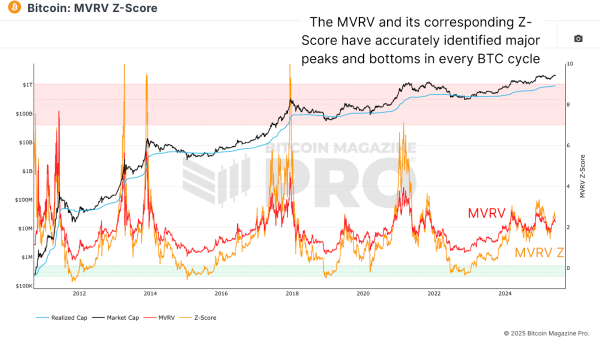Synopsis
The cryptocurrency market has evolved significantly over the past decade, with institutional involvement bringing maturity, regulatory advancements, and sophisticated financial instruments.
Over the past decade, the cryptocurrency market has undergone a remarkable transformation. What started as a niche space dominated by individual enthusiasts has evolved into a global financial phenomenon, increasingly shaped by institutional involvement.
Manav who leads the sales and trading team at Mudrex conducted a live session on Livestream platform to help investors navigate the complexities of the crypto market.
Whether you’re a beginner or an experienced trader, the Mudrex platform offers thematic, coin-based investment baskets that allow a user to diversify their holdings across various cryptocurrencies.
Crypto Tracker![]() TOP COIN SETSDeFi Tracker14.46% BuyWeb3 Tracker11.84% BuyCrypto Blue Chip – 510.00% BuyBTC 50 :: ETH 500.00% BuyNFT & Metaverse Tracker0.00% BuyTOP COINS (₹) Ethereum221,339 (2.84%)BuyBNB49,398 (1.85%)BuyBitcoin5,305,775 (1.41%)BuyTether84 (-0.03%)BuySolana12,031 (-0.53%)BuyBy getting the basics right and leveraging advanced strategies, retail traders can compete more effectively in the ever-evolving crypto space which includes crypto futures trading.
TOP COIN SETSDeFi Tracker14.46% BuyWeb3 Tracker11.84% BuyCrypto Blue Chip – 510.00% BuyBTC 50 :: ETH 500.00% BuyNFT & Metaverse Tracker0.00% BuyTOP COINS (₹) Ethereum221,339 (2.84%)BuyBNB49,398 (1.85%)BuyBitcoin5,305,775 (1.41%)BuyTether84 (-0.03%)BuySolana12,031 (-0.53%)BuyBy getting the basics right and leveraging advanced strategies, retail traders can compete more effectively in the ever-evolving crypto space which includes crypto futures trading.
Did you Know?
The world of cryptocurrencies is very dynamic. Prices can go up or down in a matter of seconds. Thus, having reliable answers to such questions is crucial for investors.
View Details »Livestream Link: https://economictimes.indiatimes.com/markets/etmarkets-live/expert-bio/crypto-streams,expertid-149.cms![]()
Hedge funds, investment banks, asset managers, and even pension funds have entered the crypto space, bringing with them large capital and sophisticated strategies.
This influx of institutional capital has introduced new dynamics that retail traders can learn from—particularly when it comes to crypto futures trading.
The Rise of Institutional Involvement in Crypto
The entry of institutions into the cryptocurrency market has been a game-changer. Here are some of the key impacts:
Market Maturity: With large amounts of capital entering the market, liquidity has improved, reducing some of the extreme volatility that was once a hallmark of the space.
Regulatory Advancements: Institutions often require a higher degree of regulatory clarity before entering a market, accelerating the development of regulatory frameworks. This has brought more stability to the crypto market.
Sophisticated Financial Instruments: The demand from institutions has led to the creation of advanced financial instruments like crypto futures, options, and ETFs, which not only provide new investment opportunities but also offer tools for risk management.
Mainstream Adoption: As institutions allocate capital to cryptocurrencies, the perception of digital assets has shifted from speculative to more credible long-term investments.
With this broader context in mind, let’s explore how institutions use crypto futures and the lessons retail traders can take from their strategies.
Institutional Strategies in Crypto Futures and Retail Lessons
1. Hedging Against Volatility
One of the most impactful strategies used by institutions is hedging. Institutions often use crypto futures to hedge against volatility in their spot positions. For example, if a hedge fund holds a significant amount of Bitcoin, they might short Bitcoin futures to protect against a potential price drop. If the value of Bitcoin declines, the losses in the spot position could be offset by the gains in the futures market.
Lesson for Retail Traders: Retail traders can use futures to hedge their portfolios during volatile times. If you’re concerned about a potential market drop, you can open a short position in the futures market to protect your holdings. This risk management tool is crucial, especially in unpredictable market conditions.
2. Arbitrage Opportunities
Institutions often engage in arbitrage by exploiting price discrepancies between the spot and futures markets. This strategy, known as cash-and-carry arbitrage, involves buying an asset in the spot market and selling it in the futures market to profit from the price gap.
Lesson for Retail Traders: While institutions have the advantage of scale, retail traders can also take advantage of arbitrage opportunities by closely monitoring price differences across various exchanges. During periods of high volatility, price inefficiencies are more likely to occur, and this can create opportunities for retail traders to generate profits through cross-exchange arbitrage.
3. Leveraged Positions
Institutions frequently use leverage to amplify their returns by borrowing capital to increase their position size. Leverage allows them to maximize potential gains with minimal upfront capital. However, institutions also implement strict risk management strategies to prevent significant losses.
Lesson for Retail Traders: Leverage can be a powerful tool but is also extremely risky. Retail traders should use leverage cautiously, starting with smaller positions and understanding margin requirements. It’s essential to have a solid risk management plan, including stop-loss orders, to protect against substantial losses.
4. Diversification
Institutions don’t put all their eggs in one basket. They diversify their future contracts across multiple cryptocurrencies to minimize the risk associated with any single underperforming asset. This approach helps balance their portfolios and allows them to gain exposure to a broader range of assets.
Lesson for Retail Traders: Retail traders should also consider diversifying their futures positions across different cryptocurrencies. Rather than focusing solely on blue-chip assets like Bitcoin or Ethereum, traders can explore futures contracts on promising altcoins with strong use cases. Diversification can help mitigate risk and improve long-term profitability.
5. Long-Term Strategic Planning
Unlike short-term day traders, institutions often take long-term positions based on extensive market research and macroeconomic analysis. Their strategies are aligned with broader investment goals, whether it’s capital preservation, growth, or generating alpha.
Lesson for Retail Traders: Retail traders can benefit from having a long-term strategy, rather than solely focusing on short-term gains. Establish clear investment goals, whether it’s wealth accumulation or risk diversification, and align your trading decisions with these objectives. Patience and strategic planning are key to long-term success in crypto futures.
What Should Retail Investors Do?
Hedge Your Risk: Use futures to protect your portfolio from downturns, especially if you hold large positions in volatile markets.
Capitalize on Arbitrage: Look for price inefficiencies between different markets, particularly during volatile periods, and exploit cross-exchange arbitrage opportunities.
Use Leverage with Caution: Leverage can magnify both gains and losses. Start small, manage your risk, and always use stop-loss orders.
Follow Macro Trends: Stay informed about global economic and regulatory developments, and align your future positions accordingly.
Diversify Your Crypto Futures Portfolio: Don’t just focus on blue-chip cryptocurrencies. Diversifying your futures trades across different assets can help reduce risk.
Think Long-Term: Have a strategic plan that guides your trading decisions. Long-term planning and market analysis will help keep you disciplined and focused on your broader investment goals.
(Disclaimer: Recommendations, suggestions, views, and opinions given by experts are their own. These do not represent the views of the Economic Times)
Source
